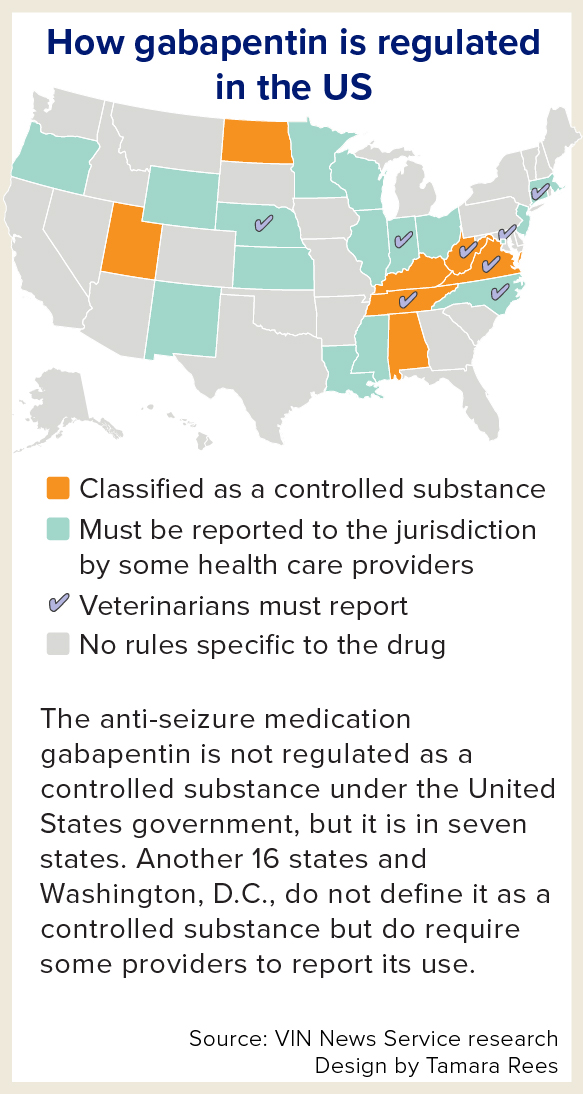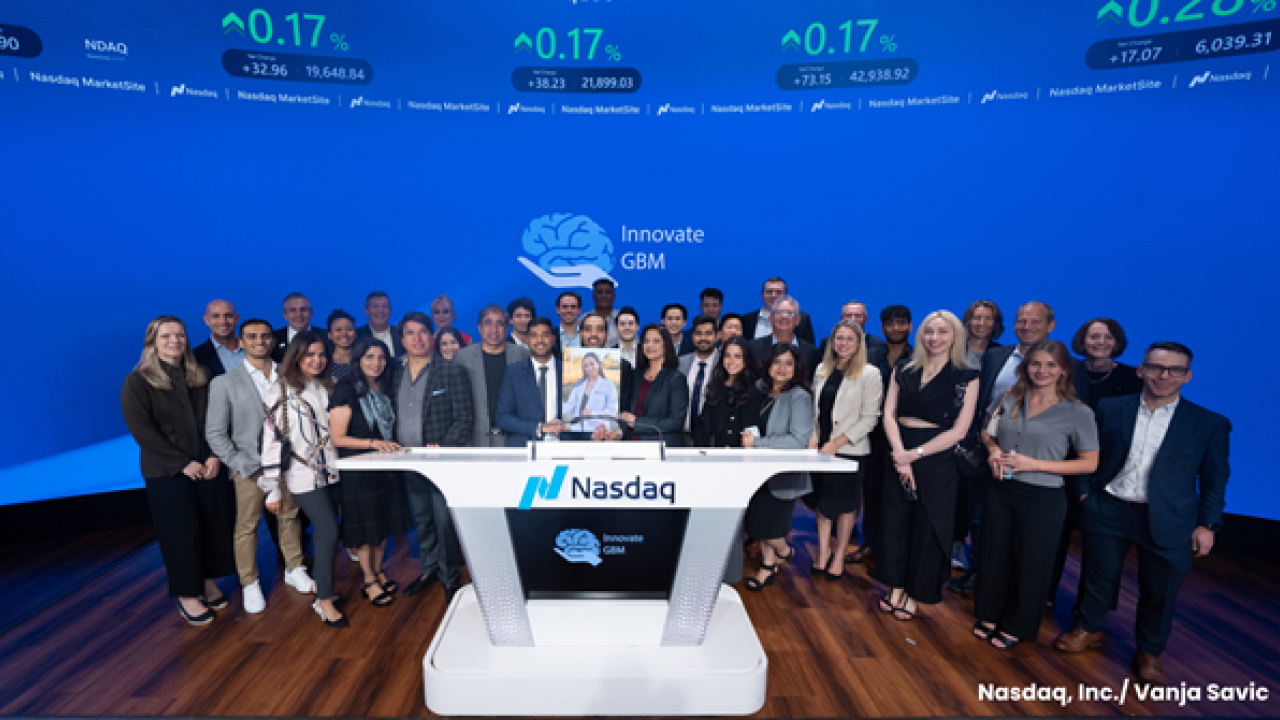- Weekend Rounds
- Posts
- Tackling Vetflation
Tackling Vetflation
Plus: Foundations of GI Surgery & Canadian inventions!
Hello 👋
Welcome back to another edition of Weekend Rounds!
🇨🇦 Happy Canada Day to our fellow compatriots! As a proudly Canadian company, this week we’re taking a moment to celebrate the people, communities, and landscapes that make this country so special. Whether you're celebrating in Canada or reading from elsewhere around the world, we're grateful to have you with us. Here's to connection, kindness, and a little extra red and white today!
Here’s what we’re covering:
📈 Tackling Vetflation
🧑⚕️ Improve your surgery skills
🇨🇦 Canadian inventions that have shaped vet med
🚀 Quick hits

📈
Tackling Vetflation
Increasing cost is on everyone’s minds these days. Whether it’s the price of eggs or the price of vaccines for your backyard egg producer, everything is more expensive.
This week’s VetBlast podcast from DVM360 highlighted the role of the current economic climate on what Adam Christman and Michael Tokiwa call Vetflation.
Meanwhile, the AVMA’s June 25 blog post tackles the hot-button question of why veterinary bills keep climbing and outlines what the profession is doing to help pet owners manage the strain. Rising costs, the AVMA notes, are not unique to animal health: pandemic-era inflation has lifted the price of everything from electricity to medical supplies and pharmaceuticals, and veterinary clinics must absorb those increases just to keep their doors open — often while simultaneously investing in newer technologies that let them diagnose and treat diseases once considered untreatable. Longer pet lifespans add another driver: senior animals need more frequent, and more complex, care, so the average lifetime spend per patient naturally grows.
Unlike human healthcare, most veterinary care is paid out-of-pocket because only about 4 % of U.S. pets are insured. That leaves families directly exposed to every uptick in input costs. The AVMA encourages owners to plan ahead with pet insurance, dedicated savings, or third-party credit lines and reminds veterinarians to discuss incremental or lower-cost treatment plans when appropriate.
The blog advocates for preventive medicine as the single best cost-containment strategy: routine exams, vaccinations, parasite control, and weight management catch problems early, sparing clients the sticker shock of late-stage interventions. It also highlights charitable safety nets. Veterinarians regularly volunteer at pop-up wellness clinics and shelters, and the American Veterinary Medical Foundation’s expanding REACH program now offers grants that help financially strapped clients cover essential treatments.
Above all, the AVMA stresses partnership and empathy. Veterinarians “choose this profession out of a deep love for animals,” the post says, and effective care plans balance medical necessity with each client’s financial reality. By combining honest conversations, preventive care, and targeted financial tools, the profession aims to keep pets healthy without pricing families out of ownership—even in a high-inflation world.
👩⚕️
GI Surgery Made Easy
Pop Quiz: Which is of the following is not considered a risk with use of general peritoneal lavage with plain physiologic saline?
A. Thermal injury
B. Dissemination of localized infection or neoplasia
C. Electrolyte shifts
D. Chemical burns
Find the answer at the bottom of the email, or take your intestinal surgery skills to the next level with Obi Veterinary Education’s brand new Foundations of Small Animal Intestinal Surgery course.
Taught by Dr. Loren Sri-Jayantha, this course blends evidence-based techniques with practical insights that will elevate your surgery practice. You’ll explore key topics like intestinal viability, leak testing, and enterotomy planning, all while reinforcing critical decision-making through real-world scenarios and expertly crafted quizzes.
🇨🇦
Canadian inventions that have shaped vet med
As we celebrate Canada Day this week, we’re spotlighting some homegrown innovations that have made lasting impacts in both human and animal medicine. —not just in human health and technology, but in veterinary medicine, too. From life-saving therapies to imaging breakthroughs and agricultural advancements, Canadian ingenuity continues to benefit animals around the world.
💉 Insulin
Perhaps one of the most famous Canadian discoveries was made by Dr. Frederick Banting and Charles Best at the University of Toronto, and is still considered one of the most significant medical breakthroughs of the 20th century. While originally developed for human diabetes treatment, it is now a cornerstone therapy in veterinary endocrinology.
🎥 IMAX Imaging Technology
Developed in the late 1960s by Canadian innovators including Graeme Ferguson, IMAX was created to revolutionize cinematic projection—but its influence extended far beyond the theatre. The ultra-high-resolution imaging technology it inspired has supported improvements in diagnostic imaging tools used in both human and veterinary radiology. Source: Canadian Encyclopedia
🌳 CANPOLIN
Though focused on plant reproduction, the work of the Canadian Pollination Initiative (CANPOLIN) has had wide-reaching effects on animal science and ecosystem health. Their studies of pollinator health inform veterinary care for bee populations—a rising field given global declines in bee numbers. The integration of environmental science into veterinary research is a distinctly Canadian strength. Source: NSERC CANPOLIN
🔬 Artificial Insemination in Livestock
Canada has been a leader in artificial insemination (AI) technologies since the mid-20th century, particularly in dairy cattle. Pioneering work by Waterloo farmer Roy Snyder in the 1940s helped standardize semen freezing and storage techniques, which are now common in large animal reproductive veterinary medicine. These innovations have shaped breeding programs globally and continue to influence modern veterinary reproductive services.
🚀
Quick Hits
Here are some of the other stories that caught our eye and we're following this week from around the veterinary world and animal kingdom:
❓️
Quiz Answer
Question: Which is of the following is not considered a risk with use of general peritoneal lavage with plain physiologic saline?
A. Thermal injury
B. Dissemination of localized infection or neoplasia
C. Electrolyte shifts
D. Chemical burns
Answer: (D) – Chemical burns are a risk when additional potentially caustic agents are added to saline.
Brush up on the basic of small animal intestinal surgery with Dr. Loren Sri-Jayantha’s 3-hour microlearning course on Obi Veterinary Education.
How did we do today?Tell us what you thought of this edition of Weekend Rounds so we can keep improving! |





